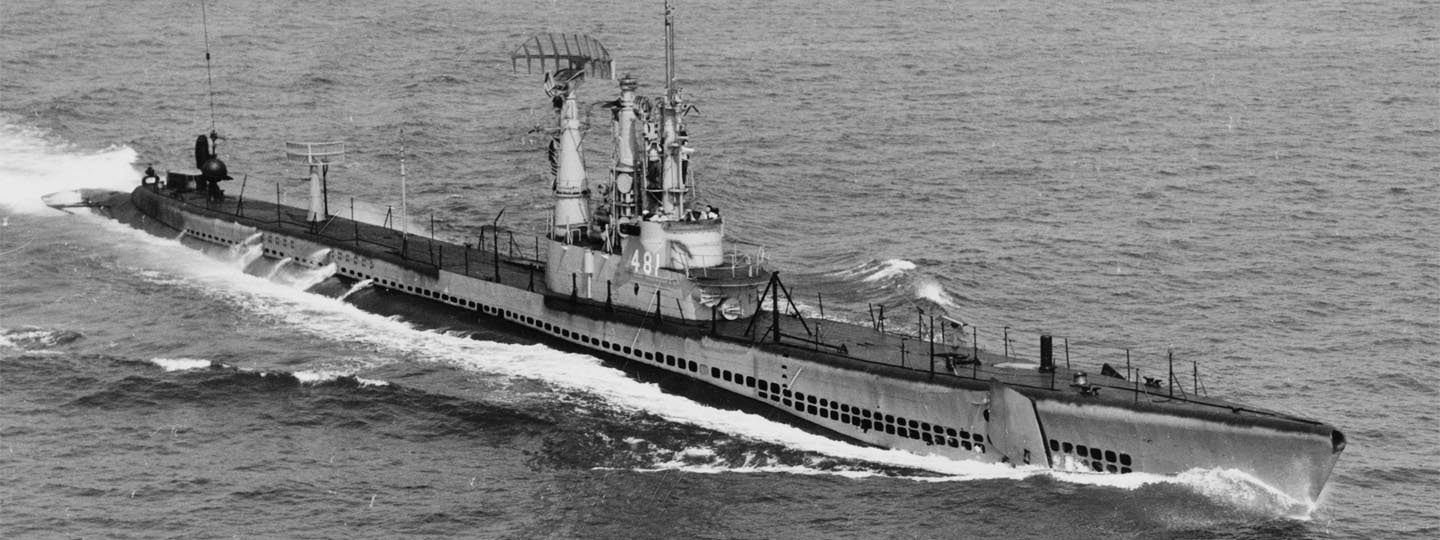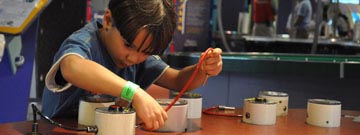USS Requin Submarine
Evolution of Submarines
In 1776, the small human-powered "Turtle," built by David Buschnell, was used by the Colonial Army in an attempt to sink the HMS Eagle. Although unsuccessful, this marked the first use of submarines for combat.
Human-powered submarines continued to be used, but the need for a more powerful propulsion plant was apparent. Coal burning (steam) and gasoline engines worked, but it was not until the introduction of the diesel-electric power plant in the later part of the 19th century that submarines became viable undersea vessels.
Diesel electric drive permitted submarines to make long-range voyages, demonstrated by the German "U-Boats" in World War I (1914-1918). Endurance in undersea vessels increased to over 6,000 miles. As their range increased, so did the size of the submarines.
Thirty years later, during World War II, submarines were still slow and their submersion time was limited. Great improvements in sensors, including RADAR and SONAR, increased the submarine's usefulness.
The greatest advance in submarine technology occurred on January 21, 1954, with the launch of the USS Nautilus, the first nuclear-powered vessel. Nuclear power enabled submersible vessels to become "true submarines," operating underwater for indefinite periods of time.
Just as the USS Nautilis was nearing completion, a parallel revolution in submarine design was advancing. In an effort to reduce underwater resistance, a "Tear Drop" shaped hull was introduced. This new design allowed greater underwater speed and maneuverability.
Today's submarines are a culmination of more than 200 years of advancing science and technology. Nuclear power, hull design, air generation and electrical sensors have created the "true submersible," a vessel that can stay underwater indefinitely. What will be the next major scientific breakthrough in submarines? The answer is unknown. One thing is certain though, the evolution of submarines is far from over.
Click these links to find out more about submarines:
The Historic Naval Ships Association (HNSA) ![]()













